The top half of this drawing is showing you how to wire it, except that where it shows N, you put the other "hot" pole (L2). Note the drawing shows 220-240V between those two wires. That's the important part.

As Peter Bennett discusses, you leave whatever those factory jumpers are right where they are, and land phase L1 (black) on pin3, and phase L2 (red) on pin 4.
Safety ground (green, yellow/green or bare) goes only to safety ground.
I'm assuming as an architect you like to plan ahead. In a deluxe home that imports appliances from Europe, I recommend running AWG 6/3 cable from the panel to the range area. This appliance does not require the white wire, but the customer's next appliance might. You create a lot of problems for the customer when you omit it, and we deal with these problems all the time. 6/3 AWG cable is large enough to support any range/oven the customer might conceivably have in the future.
If you are laying electrical conduit between panel and range area, then put in two black 8 AWG individual wires and a 10 AWG green or bare ground wire. The neutral is easy to add later, and #8 in conduit can carry enough current because of the higher thermal ratings allowed in conduit.
That wire notwithstanding, you must use a circuit breaker that is correct for what the range's instructions say they want for ampacity. If it gives you breakers for each individual phase, then you should add all 3 up.
The breaker type should be whatever the panel says on its labeling. Siemens panel, Siemens breaker. GE panel, GE breaker. There are technical reasons breakers don't interchange.

